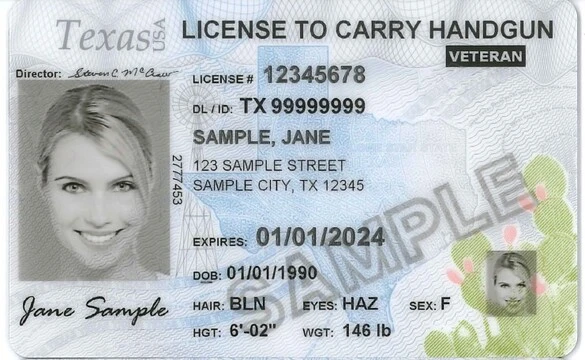If you're a gun owner planning to travel by air, it's crucial to know the rules and regulations regarding TSA and air travel with a firearm. While it's legal to transport a firearm, it's essential to follow TSA guidelines to ensure safety and avoid legal issues.
In this article, we'll walk you through everything you need to know about traveling with a firearm by air. We'll cover the basics of TSA regulations, safety tips, and other essential guidelines to make your journey hassle-free. Whether you're a seasoned traveler or a first-timer, we've got you covered.
TSA Regulations: What You Need to Know
When it comes to traveling with a firearm, TSA has some specific rules and regulations that you need to follow. Here are some essential guidelines to keep in mind:
- Declare your firearm: You must declare your firearm at the check-in counter and fill out a declaration form. Failure to do so may result in legal issues or penalties.
- Secure your firearm: Your firearm must be unloaded, and you must pack it in a hard-sided case. The case must be locked, and only you should have the key or combination. Each lock loop on your case must have a lock, so don't come up short.
- Check-in your firearm: You cannot carry your firearm in your carry-on luggage. Instead, you must check it in as a separate item.
- Follow airline regulations: Airlines have their own rules and regulations regarding traveling with firearms. Make sure to check with your airline to ensure that you comply with their requirements.
Safety Tips: How to Ensure Safe Travel
Traveling with a firearm can be risky. Here are some safety tips to help you ensure safe travel:
- Keep your firearm in your sight: From the moment you pack your firearm until the moment you retrieve it, make sure it's always in your sight. This will prevent theft and mishandling.
- Use a TSA-approved lock: To secure your firearm, you must use a TSA-approved lock. These locks are specially designed to be opened by TSA agents for inspection, without damaging the case.
- Follow firearm safety rules: You're responsible for your firearm's safety. Make sure to follow firearm safety rules, such as keeping it unloaded and keeping your finger off the trigger.
- Inform your travel companions: If you're traveling with other people, make sure they're aware that you're carrying a firearm. This will prevent any misunderstandings or accidents.
Follow the Laws
Knowing the laws of the state you're traveling to is another key aspect of traveling with firearms. Fortunately, there are some books to assist with this.
You can do it!
Traveling with a firearm by air can be a daunting task, but it's essential to know the rules and regulations regarding TSA and air travel with a firearm. By following TSA guidelines, taking safety precautions, and knowing the answers to frequently asked questions, you can ensure a smooth and stress-free journey.
Remember, the TSA and air travel with a firearm regulations are subject to change. It's crucial to check with TSA and your airline for the most up-to-date guidelines before your trip. With the right preparation and knowledge, you can enjoy your travels with peace of mind knowing that you're following the rules and keeping yourself and others safe. Happy travels!










